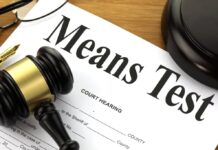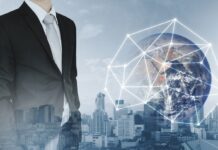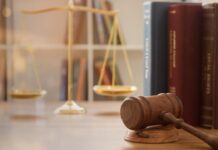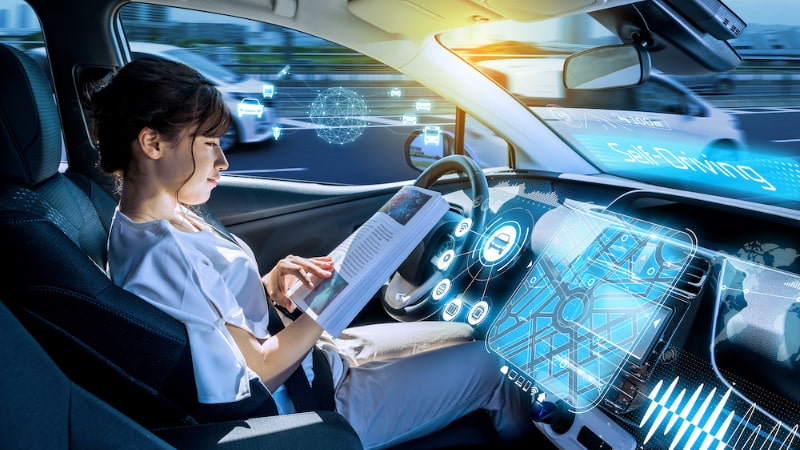
In the age of rapid technological advancements, self-driving cars are quickly transitioning from objects of science fiction into reality, becoming a ubiquitous part of our streetscape.
These vehicles, armed with cutting-edge artificial intelligence, sophisticated sensors, and advanced algorithms, promise to revolutionize transportation by enhancing efficiency and reducing human error.
However, as these autonomous machines take the wheel, they introduce a paradigm shift in many sectors, including law and insurance. In particular, they pose unique and complex challenges to the conventional norms of personal injury claims.
Determining liability in car accidents has been a relatively straightforward process for decades, typically involving a driver, perhaps two, and their respective levels of negligence or reckless behavior.
But with the advent of self-driving cars, the question of fault becomes murkier. The intricate web of potential defendants—ranging from the vehicle’s owner, the car manufacturer, or even the software developer—raises significant complications.
This article explores personal injury claims in the era of autonomous vehicles, unpacking the complexities of fault determination and examining how this technological shift is reshaping the legal and insurance fields.
Self-Driving Cars and Personal Injury Claims
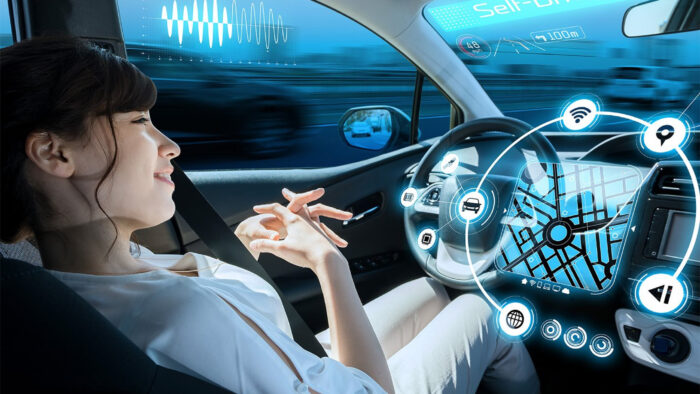
Traditionally, determining liability in the event of a car accident has largely been a question of human error and negligence. However, as cars become more autonomous, this narrative is changing.
Now, crashes can potentially involve software glitches, sensor failures, or design defects, shifting the fault from the individual behind the wheel to the manufacturers or software developers. This shift, in turn, is leading to an increased number of product liability claims.
For instance, in a high-profile case involving an Uber self-driving car that resulted in a pedestrian’s death in Arizona, the debate centered around whether the fault lay with the safety driver, the company’s self-driving technology, or even the pedestrian herself.
This case and others like it exemplify the intricate challenges that self-driving cars present to the traditional system of personal injury claims, emphasizing the need for new legal approaches in this evolving landscape.
The Current State of Personal Injury Claims in Traditional Accidents

In traditional vehicle accidents, determining fault typically involves an examination of the circumstances of the accident, eyewitness accounts, police reports, and any available physical evidence.
The aim of attorneys, such as a Beaumont personal injury lawyer, is to establish negligence, which essentially implies a failure to act with the level of care that a reasonable person would have exercised under similar circumstances.
Generally, the driver who is deemed to have been negligent or in violation of traffic laws is considered at fault. Once liability is established, the at-fault party’s insurance company typically handles the financial responsibility, compensating the victim for medical expenses, property damage, lost wages, and other related costs.
The role of insurance companies is therefore central in this process, acting as the mediator between the at-fault party and the victim and ensuring the necessary payouts based on the policy terms.
Determining Fault in Accidents Involving Autonomous Vehicles
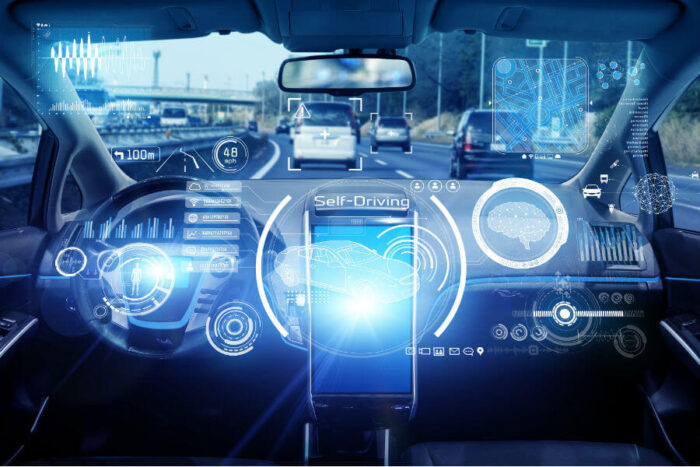
Determining Fault
The question is no longer simply about who was driving negligently, but also about whether the autonomous vehicle’s system functioned correctly, followed traffic laws, and responded appropriately to unexpected situations.
Algorithms, Software Glitches, and Malfunctions
In the case of self-driving cars, algorithms control how the vehicle operates. Therefore, software glitches or malfunctions can directly contribute to accidents.
The analysis of these technical aspects forms an integral part of the investigation, involving experts who can decipher if the software made a wrong decision or if sensors failed to pick up information.
The Role of Manufacturers and Software Developers in Liability
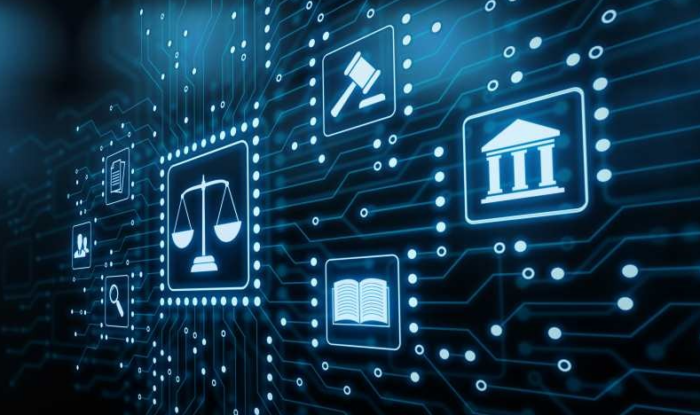
Manufacturers and software developers can potentially be held liable for accidents involving self-driving cars.
If an investigation reveals that an accident occurred due to a design flaw, faulty sensors, or an error in the programming, these parties could bear the brunt of legal responsibility.
Recent Court Rulings and Their Implications
Some have attributed fault to manufacturers or tech companies, acknowledging the role of technology in accidents.
These decisions have significant implications, signaling a shift towards holding corporations accountable for their products’ safety and performance on the road.
The Role of Insurance Companies in Accidents Involving Autonomous Vehicles
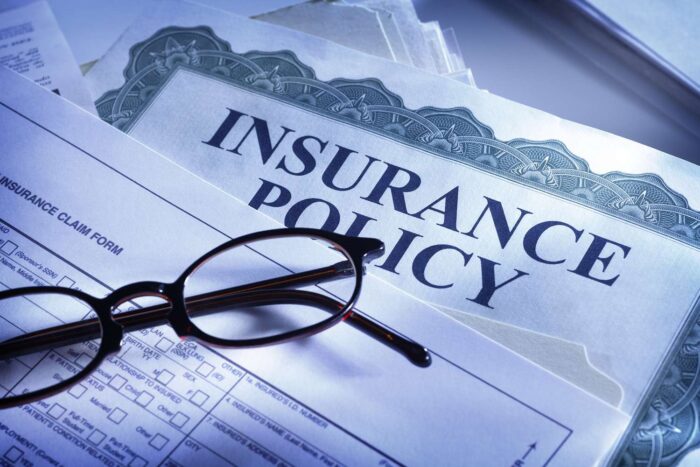
Adapting to The New Technology
The conventional model of auto insurance, predominantly based on human factors like the driver’s age, experience, and history, is gradually evolving.
Now, insurers are developing new policies and products that take into account the unique risks associated with autonomous vehicles.
For instance, some companies are considering policies that cover not only traditional risk factors but also technological ones, such as software glitches, cyber threats, and hardware failures.
The Future of Insurance Premiums
The future of insurance premiums for self-driving cars is a subject of considerable speculation and debate. Some industry experts predict a decline in premiums as autonomous technology potentially reduces the number of accidents caused by human error.
On the other hand, the high cost of repairing and replacing damaged autonomous vehicle components could potentially drive premiums up.
Additionally, the shift of liability from drivers to manufacturers and technology companies might lead to a significant transformation of the insurance industry’s structure and business models.
Conclusion
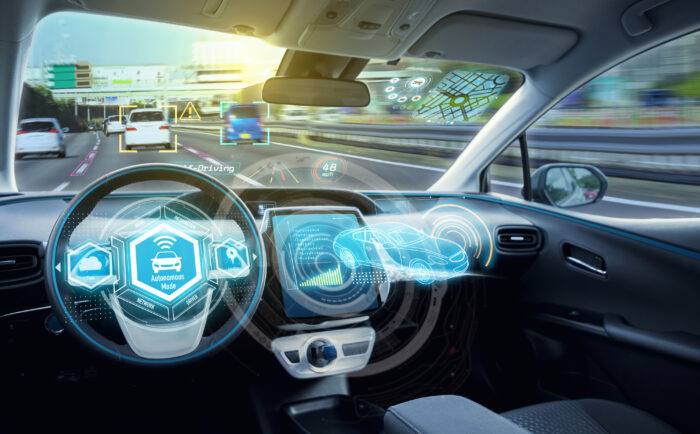
The rise of self-driving cars is undeniably reshaping the nature of personal injury claims, demanding new legal frameworks and insurance models to accommodate this innovative technology.
As liability shifts from human drivers to manufacturers and software developers, we are likely to witness significant transformations in determining fault and handling insurance claims.
While the road ahead is complex, the integration of legal, technical, and insurance expertise can strike a balance between harnessing the potential of autonomous vehicles and ensuring safety, accountability, and fairness in their deployment.

